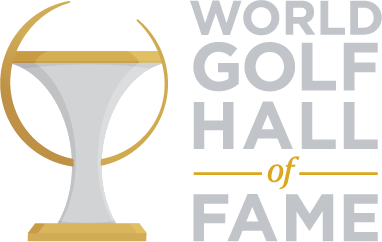Tommy Armour was the third of only nine golfers in history to win the U.S. Open, the Open Championship, and the PGA Championship.
The Silver Scot followed Walter Hagen and Jim Barnes, and preceded Gene Sarazen, Ben Hogan, Jack Nicklaus, Gary Player, Lee Trevino and Tiger Woods, finishing his career just a Masters victory short of achieving the career Grand Slam.
While not achieving the ultimate measure of golfing greatness, Armour did, however, win the Western Open, an event then regarded as a Major Championship, as well as three Canadian Opens and 24 other events in the United States. The Scotsman was considered a closer who played his best golf on the toughest golf courses.
Known as an exceptional striker of the ball, and one of the finest wood-club players of all time, Armour played the game with a conservative philosophy: “It is not solely the capacity to make great shots that makes champions, but the essential quality of making very few bad shots.”

